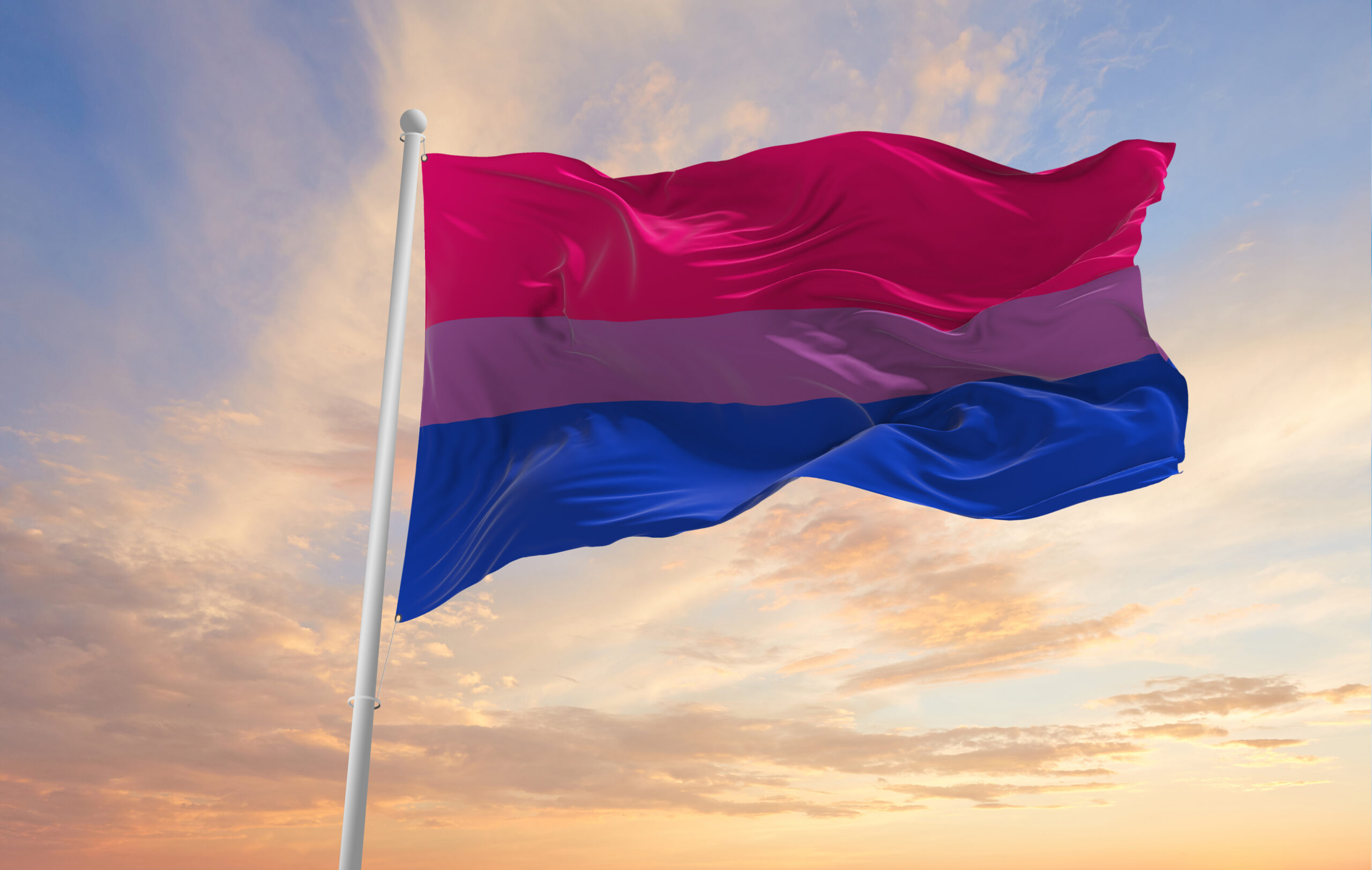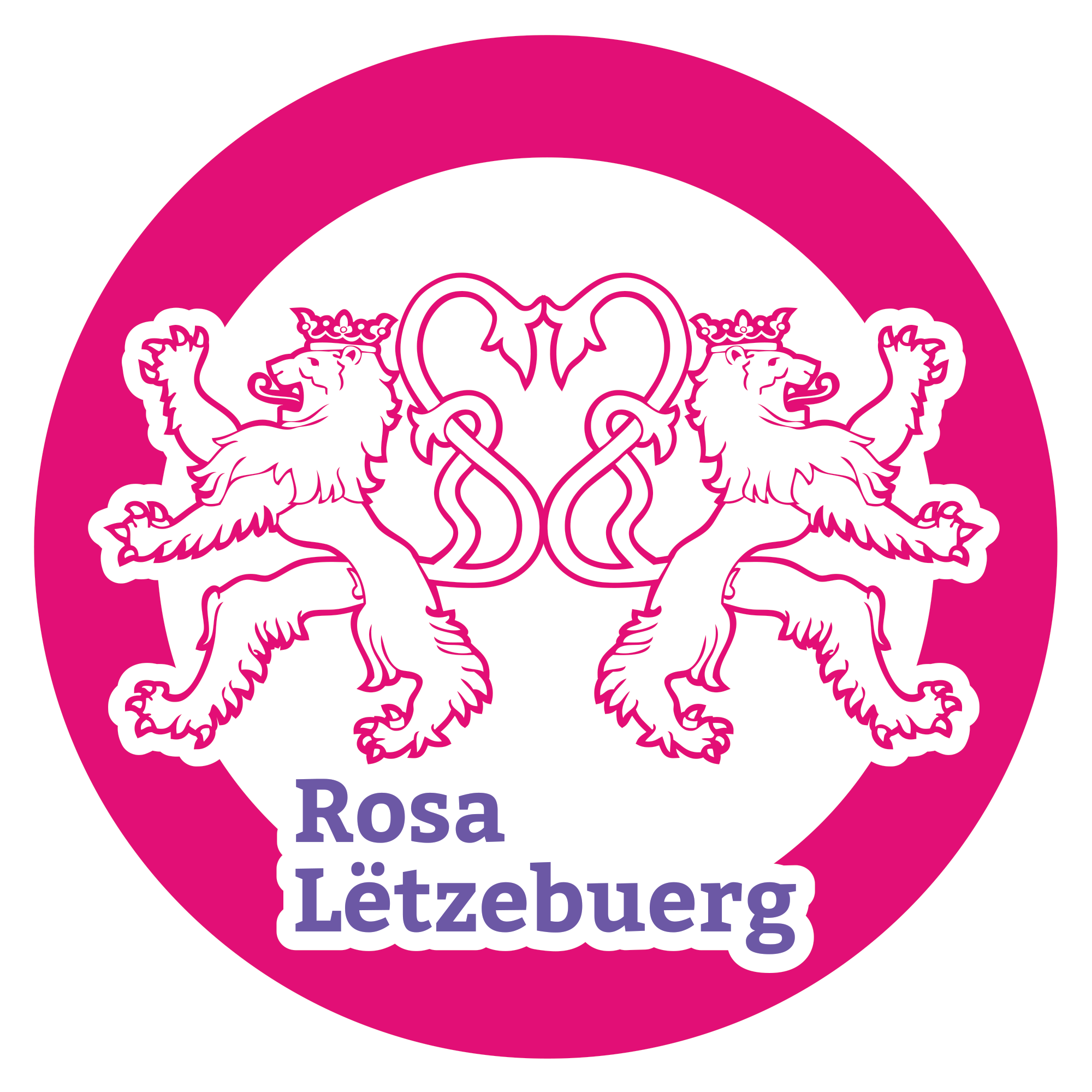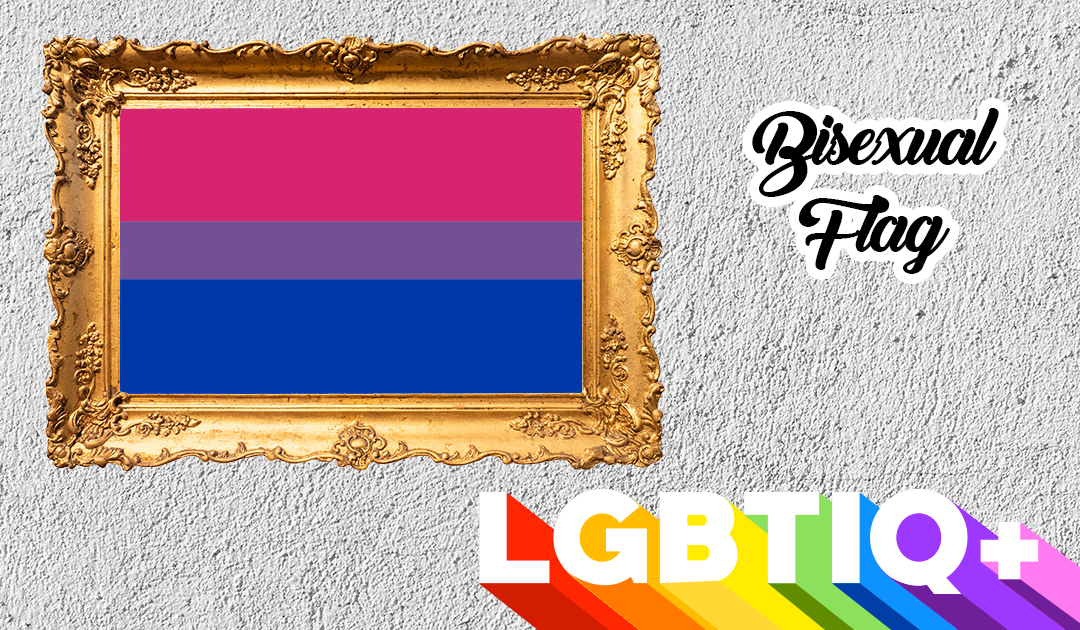The colours are based on the following colour symbolism:
- Blue represents heterosexuality;
- Pink stands for homosexuality;
- Purple, as a result of mixing blue and pink, stands for bisexuality. But it also includes attraction to people with a non-binary gender identity, who do not identify with any gender.
Michael Page took colours from a pre-existing symbol of bisexuality and gave it his own spin saying, “In creating the Bi Flag, I chose the colours and overlapping patterns of the Biangles symbol.” These are 2 overlapping triangles in blue and pink and the overlapping area makes a smaller triangle in purple.
Biangles, or Bisexual Triangles are another symbol of the bisexual community with unknown origins. The crescent moon symbol is another bisexual identifier that intentionally avoids the symbolism of the pink triangle.
Michael Page describes the meaning of the Pink, Purple and Blue Flag (ratio 2: 1: 2) as follows: “The colour pink represents same-sex attraction (gay and lesbian), the resulting overlap colour purple represents sexual attraction to both (bi) and blue represents attraction to the opposite sex (straight) or another sex.”
He explains the deeper meanings of the flag by stating: “The key to understanding the symbolism of the Bisexual Flag lies in knowing that the purple colour pixels overlap unnoticed into both the pink and blue colours, as well as in the ‘real world’ where bisexual people blend unnoticed into gay and lesbian as well as straight communities.”

Information:
You still want to dress up for this year’s Luxembourg Pride? Then check out our shop!





